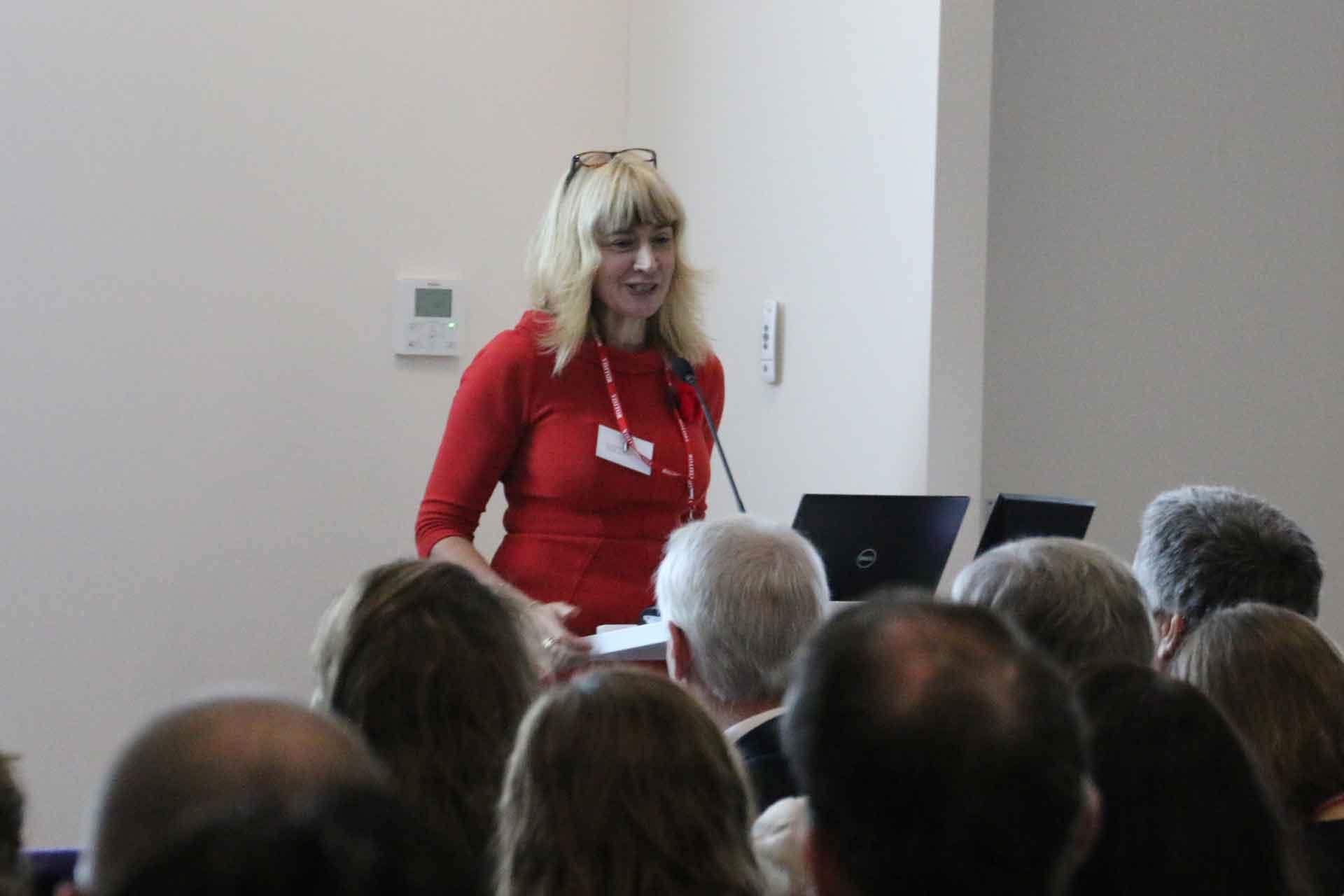The World Reference Laboratory for Foot-and-Mouth Disease (WRLFMD) marked 60 years of being the global centre of expertise in the diagnostics and surveillance of foot-and-mouth disease (FMD) with a two-day symposium on Monday 5 and Tuesday 6 November. The Pirbright Institute, home to the WRLFMD, welcomed visitors from across the globe for a series of talks that showcased the WLRFMD’s contribution to science and its commitment to protect the world’s livestock from foot-and-mouth disease (FMD).
Pirbright was designated as the WRLFMD by the Food and Agriculture Organisation of the United Nations (FAO) in 1958. Over the past 60 years, the WRLFMD has played a leading role in coordinating international networks that improve laboratory diagnostic capacity and undertake global surveillance for FMD. “The symposium was a fantastic opportunity for us to celebrate the WRLFMD’s many great achievements, and to thank those that have joined us in the global fight against FMD, both past and present” said Dr Donald King, Head of the WRLFMD.
The WRLFMD is at the forefront of developing methods for the detection of FMD, including ELISA diagnostic tests for FMD, molecular detection methods and pen-side tests for field diagnosis. Funding from Defra and the Biotechnology and Biological Sciences Research Council (BBSRC) continues to be essential to provide the expertise and innovation applied by the WRLFMD.
This synergy between fundamental and applied science was evident as prominent speakers reviewed the current activities of the WRLFMD (and associated Networks) and discussed new research opportunities to monitor, diagnose and control FMD by applying knowledge from fundamental research initiatives that aim to understand the pathogenesis, host responses and epidemiology of this important transboundary disease.
In the past, these activities have supported FMD control programmes in Europe that have led to the eradication of the disease from the continent. More recently, efforts have been focused at generating innovative approaches to reduce the burden of FMD in countries in Asia and Africa where the disease is endemic, and to quantify risks for onward spread to FMD-free countries.

“The services provided by the WRLFMD at Pirbright are pivotal in the global campaign against FMD” offered Matthew Stone, Deputy Director General, World Organisation for Animal Health (OIE). “The symposium highlighted how over the last 60 years the WRLFMD has contributed to improvements in our understanding of the global epidemiology of FMD, and control and prevention strategies for our member countries. The WRLFMD provides scientific leadership of the network of OIE and FAO Reference Laboratories, and has contributed to building international diagnostic capability through OIE laboratory twinning programmes..”
“Our world class facilities and scientists, coupled with our important international networks provides a unique hub for collaborative research that we hope one day will enable our ultimate goal of FMD control to be realised,” finished Dr Bryan Charleston, Director of The Pirbright Institute.

